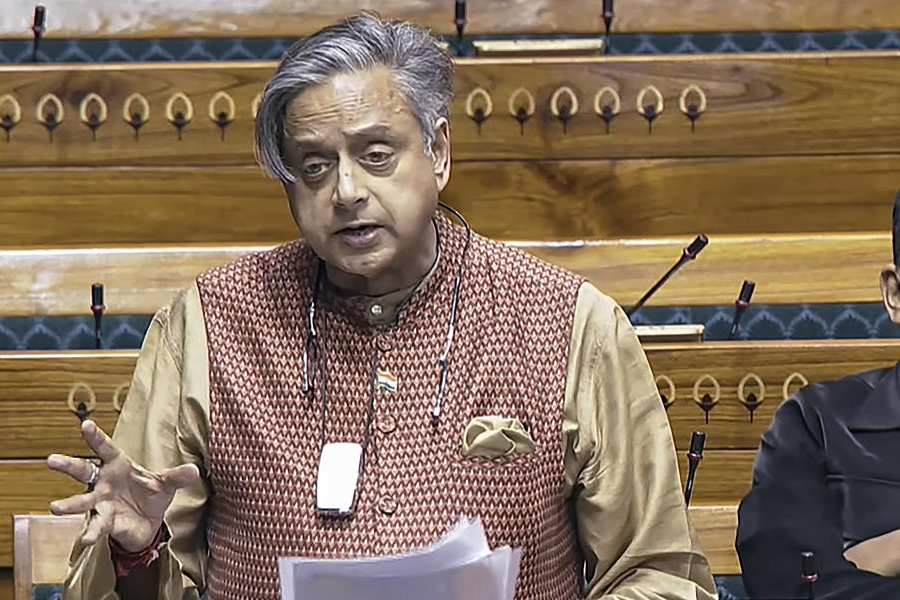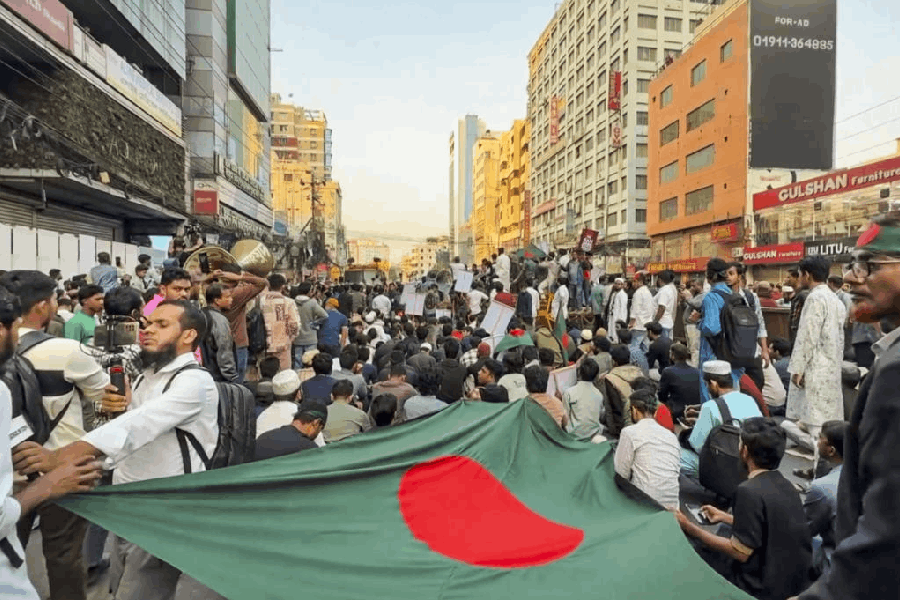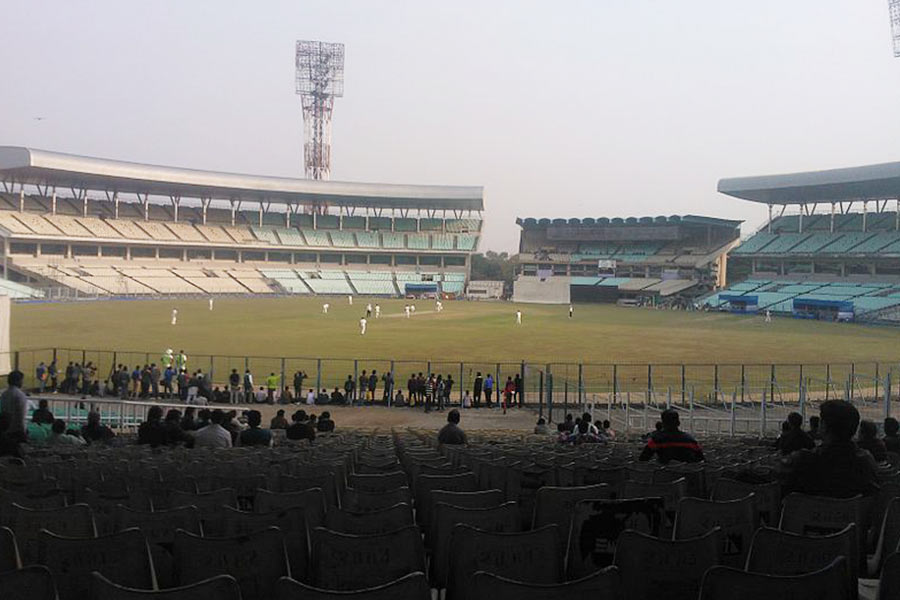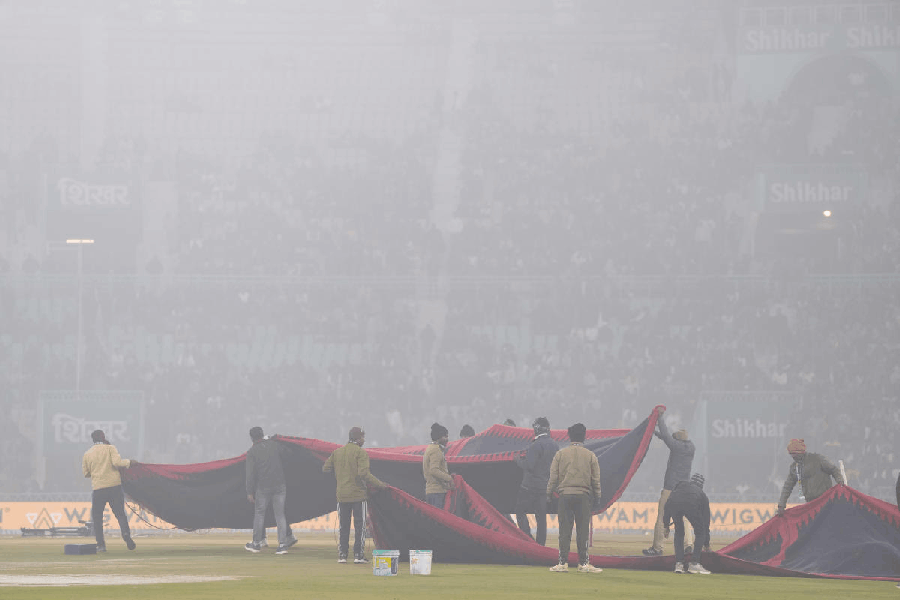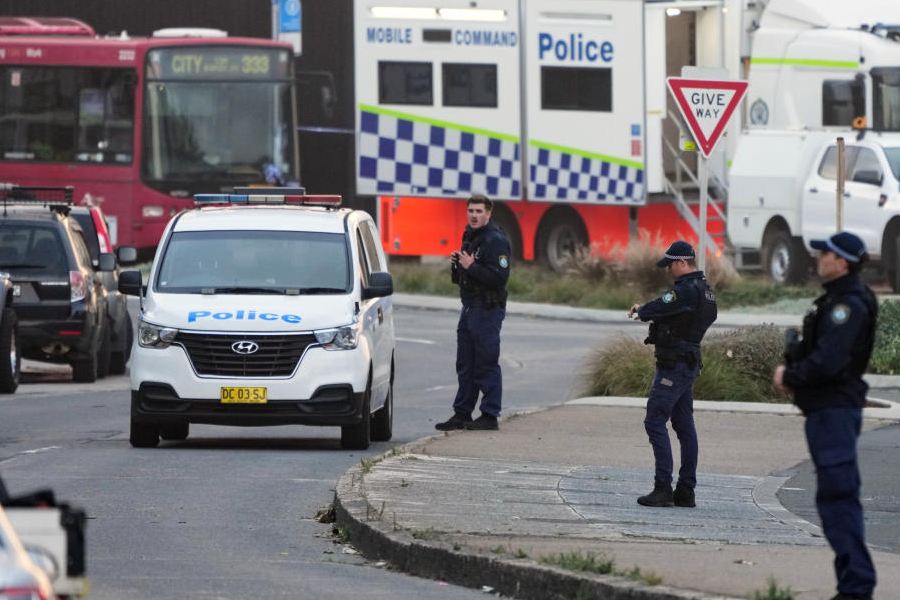Bhubaneswar, July 3: On the sidelines of the Van Mahotsav celebrations, the state government has announced that it would plant 3,12,518 saplings in the city this year compared to 3,06,397 last year.
The government, however, is in the dark about availability of land for executing such a large-scale plantation programme to create more green cover for the capital city.
Lack of land for planting new saplings remains a major cause of concern for authorities that execute plantation programmes. While the only continuous patch of land developed into a green island so far was some 39 acres at Shankarpur under Khandagiri Forest Range, which was developed by the city forest division in the last two years. Such a big patch of land is not available this year.
Sources said that most of the land around the city has been reserved by the general administration department either for industries or for educational institutions.
“The rights of land belonging to jungle kisam (forest type) are either with the revenue department or with the general administration department in Bhubaneswar. Unless the rights come to the forests and environment department, no bulk plantation of the type of Shankarpur can be done at another place. We need un-encroached land so that the plantation programme can have more such green belts inside the concrete jungles of Bhubaneswar,’’ said a senior forest department official.
While identifying land for bulk plantation, officials of the forest department are only getting small patches of land measuring one to four acres. As a maximum of 650 forest-type plants can be planted in one acre, these small lands are not suitable for creation of more green belts around the capital city.
“To make things worse, real estate boom has caused a serious problem for land availability on the city outskirts, even beyond Khurda and Jatni. On the other hand, when the state administration provides a land for plantation, most of the land is found to be encroached,” said another official.
Divisional forest officer, city forest division, Jayanta Dash said: “As scarcity of land has affected the plantation planning process, geographic information-based mapping has already started to know the forest type land in and around the city. The plantation division of the Odisha Forest Development Corporation (OFDC) has created a green belt near Mendhashal Reserve Forest.’’
The Chandaka Dampada Wildlife Sanctuary is the only green patch near the twin cities of Bhubaneswar and Cuttack. But with fast-paced real estate development, the amount of carbon dioxide in the air has shot up sharply. With more development work such as widening of roads and construction of houses, the city is set to lose more green cover.
“Though real estate business is catching up in and around the twin cities, there is no mechanism to cross check the claims of the developers who should devote a minimum of 20 per cent of the land for plantation in big housing projects,” said Bijay Kumar Mishra, environment officer of a private firm.
“Plantation audit is an important aspect as the saplings planted and those survived need to be analysed properly and on a regular basis,’’ said plantation activist Nrupesh Kumar Nayak.
Following criticism over poor survival rate of various saplings that were planted in government plantation programmes in the capital city, the Bhubaneswar Development Authority has concentrated on plantation programmes only in parks developed by it, while the Bhubaneswar Municipal Corporation has roped in the OFDC to assure survival of the saplings.


